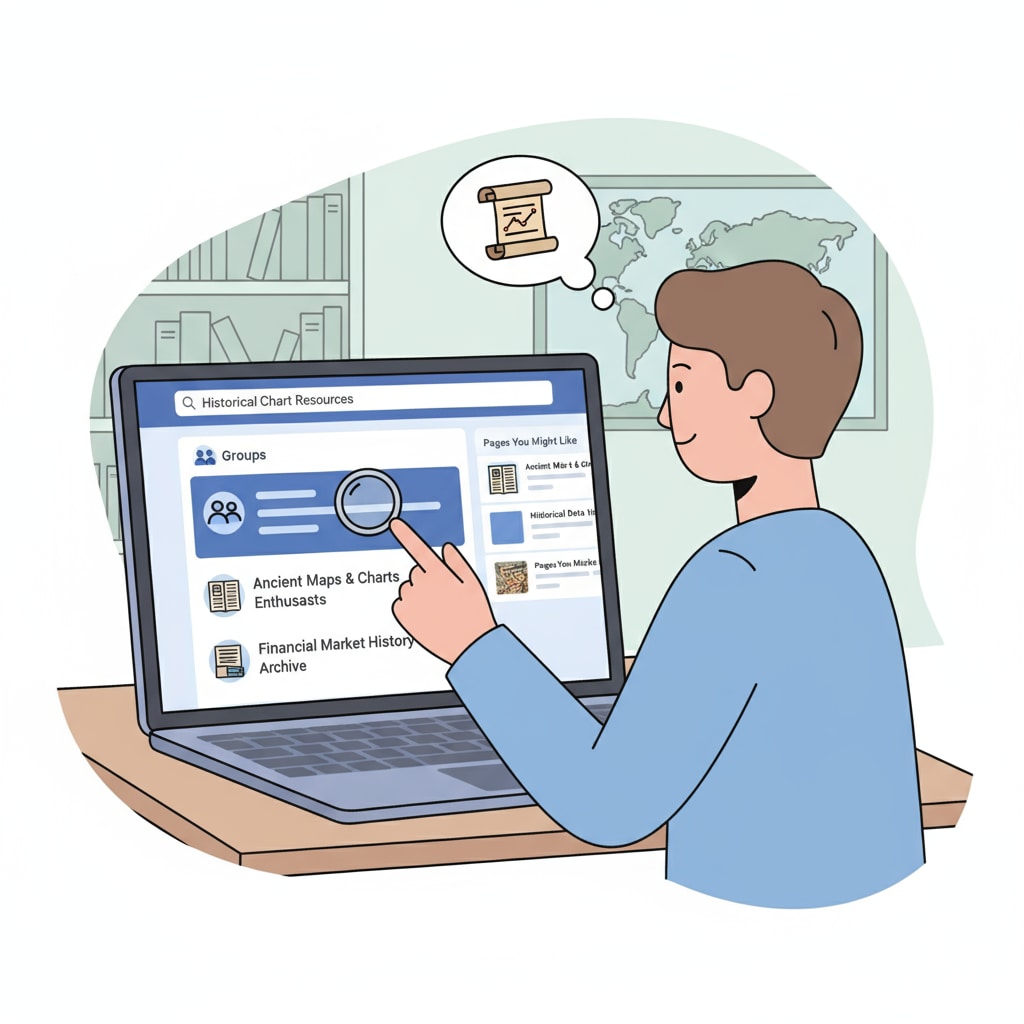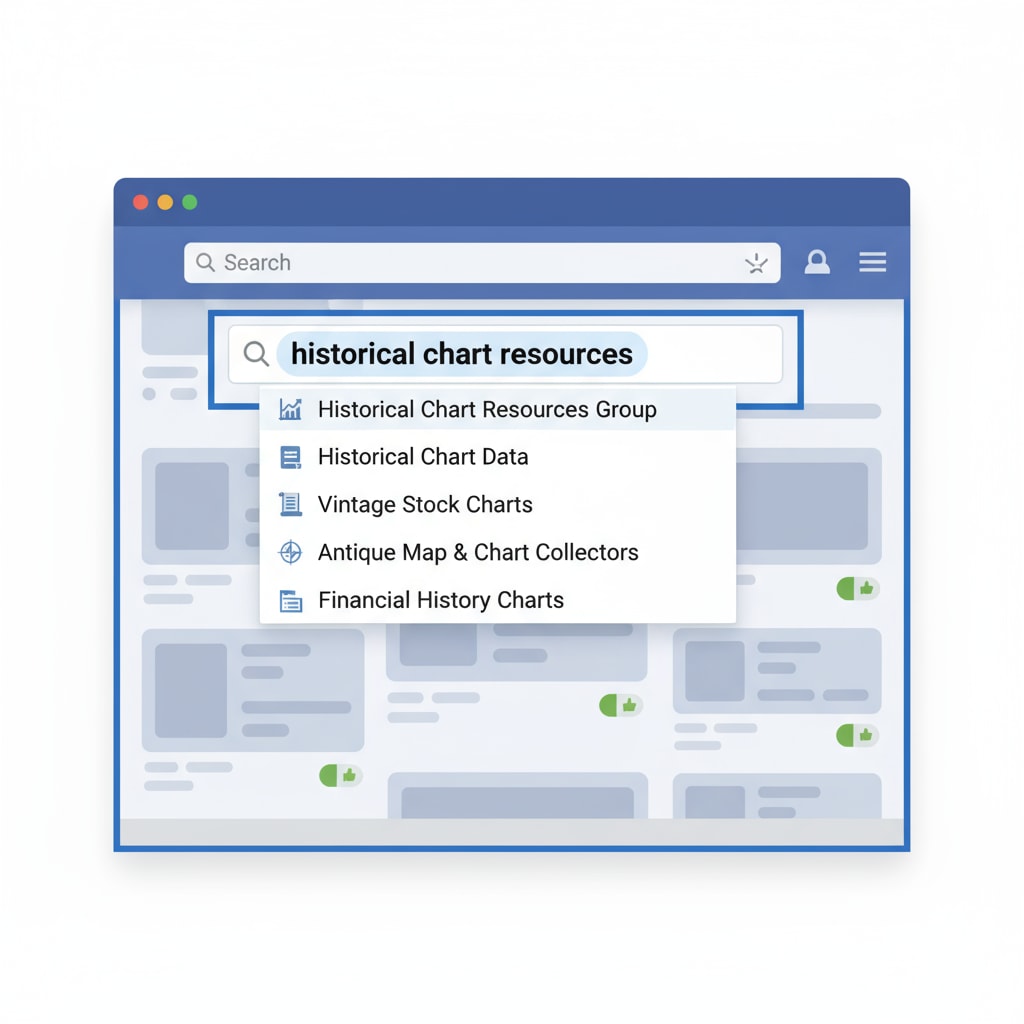In the digital age, the quest for historical chart resources seen on Facebook has become a common pursuit among educators and students alike. With the vast amount of information available on social media platforms, valuable K12 teaching materials can easily slip through the cracks. How can we effectively search for these historical chart resources and ensure they are preserved and shared?

The Vanishing Act of Digital Educational Resources
Digital resources, especially those on social media like Facebook, are often fleeting. A great historical chart created by an individual might gain some traction for a short while but then quickly disappear from the platform. This is due to various reasons such as account deletions, privacy settings changes, or simply the overwhelming flow of new content. For example, an educator might have shared a detailed historical timeline chart on Facebook to help students visualize historical events. However, after a few weeks, it could be lost in the sea of new posts. According to Educause, the rapid pace of digital content creation makes it challenging to keep track of valuable educational resources.
Strategies for Searching Facebook Historical Chart Resources
To find those elusive historical chart resources on Facebook, several strategies can be employed. First, use the platform’s search bar effectively. Enter relevant keywords such as “historical charts,” “K12 history diagrams,” or specific historical periods along with “chart.” Additionally, join relevant Facebook groups. Many educators and history enthusiasts create groups where they share their self-made historical charts. For instance, groups focused on K12 history teaching or historical research often have members posting interesting and useful chart resources. Another approach is to follow history-related pages. These pages sometimes feature unique historical charts created by individuals. As a result, by being proactive in these ways, the chances of stumbling upon valuable historical chart resources increase significantly.

Once these resources are found, the next step is to preserve them. One simple way is to download the charts if possible. Most browsers have options to save images directly. Additionally, consider creating a digital archive. Tools like Google Drive or OneDrive can be used to store these resources in an organized manner. This ensures that even if the original post on Facebook is removed, the historical chart is still accessible. Moreover, sharing these resources within the educational community is essential. Teachers can share them with their colleagues, and students can contribute to a shared repository. By doing so, the knowledge contained in these historical charts can have a wider impact.
Readability guidance: As we’ve seen, searching for Facebook historical chart resources requires a combination of smart strategies. By understanding the challenges of digital resource preservation and implementing effective sharing methods, we can ensure that these valuable K12 historical teaching treasures are not lost in the digital void.


